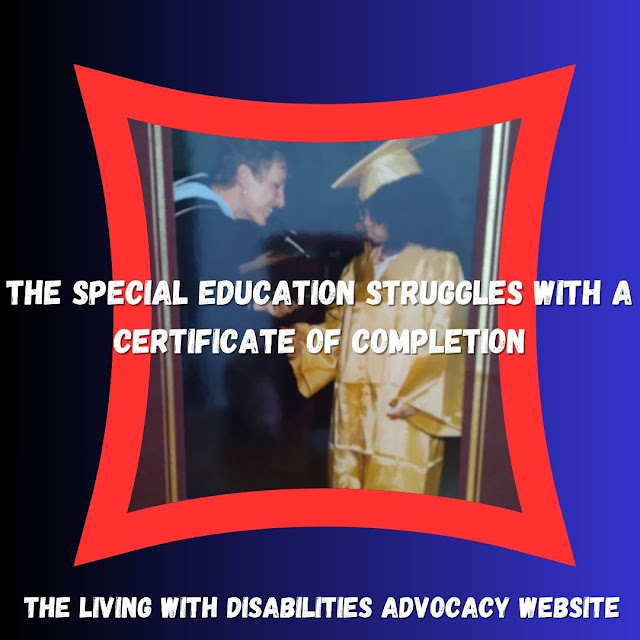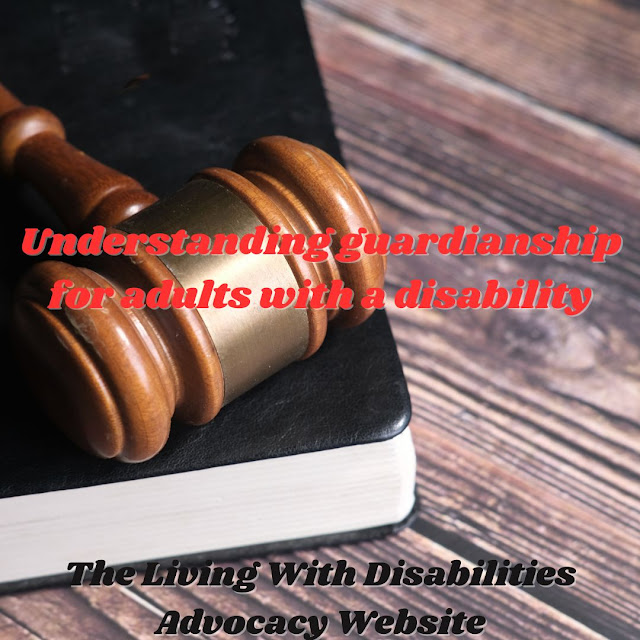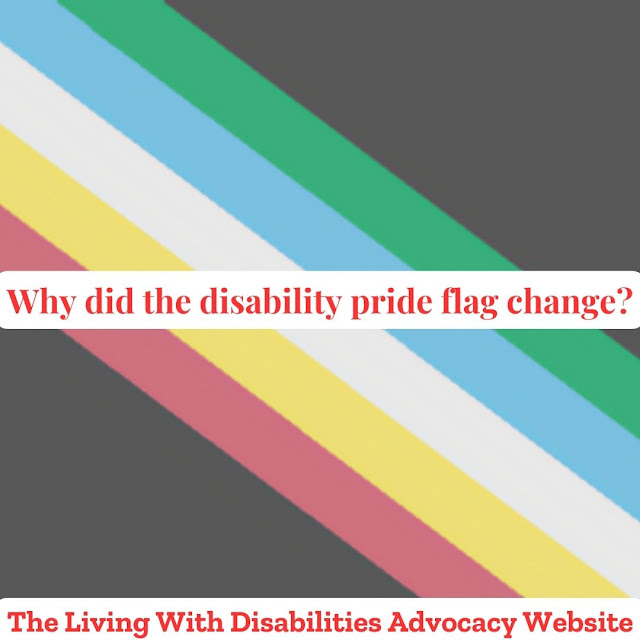The Special Education Struggle with a certificate of completion
Welcome to the Living With Disabilities Advocacy website. First and foremost. Self-published author Katrina Smith, a person of many accomplishments, has written six volumes in total: two cookbooks and four collections of poetry. And is currently working on her self-help/autobiography. Her favorite activities include reading and writing. Katrina would be described by one word: determined. Despite any challenges she may encounter, she does not let unkind comments decide her fate.
If you're a new visitor to this advocacy website, this page aims to increase public understanding of those with disabilities and other conditions.
We suggest you seek a licensed professional counselor or healthcare provider for anything you read on this site.
This week, Living With Disabilities will talk about the struggles of a Special Education certificate of completion. And the difference between a certificate of completion and a high school diploma.
As they always say, the struggle is real, and it is for most students with disabilities who are in special education classes. If you are not sure whats special education is, do a good read on this article and then come back to finish it.
For a variety of reasons, many students with disabilities choose to attend standard education classes instead of the special education program. Others with disabilities, however, require the program due to the nature of their conditions. Additionally, not every person with a certain disability is the same. In this way, one individual could be able to test the system out while the other might not.
Once your child has reached high school age and has successfully finished all three years of high school, at this point they are in their senior year. It's time to graduate. As they get the opportunity to cross the stage to acquire their diplomas, the grandest ceremony is waiting for them. The majority of students, along with parents and other family members, are unaware that other types of diplomas can be awarded to pupils.
What are these other diploma types? A student taking special education classes won't get a traditional diploma; instead, they'll get a letter of completion, which is a different kind of credential. A letter of competition is often not an academic certificate, and there are no specific course or grade requirements to obtain one. The student is making progress toward the IEP target and is awarded a certificate of completion.
After getting their certificate of completion, students who wish to enroll in college would have to start from scratch, depending on the college, because it is not a typical diploma that lists their courses and grade requirements. GPA (grade point average) is included. How many classes a student can take will depend on the student, academic counselor, and general counselor.
Even though a student's major is undetermined, the academic advisor may only discuss the various classes in the context of their chosen major.
A general counselor can provide the accommodations needed go over the accommodations and make the decision on how many classes the student can handle based on their disability. In some cases, it's only one class per semester issued.
After graduating from high school and being accepted into college, Katrina Smith, the host of Living With Disabilities, found herself in this situation. If only she had known sooner rather than later, she might have been able to get financial assistance. Education would have been quite different. She's not returning to college right now because of that. She will still pursue her studies and work as a guidance counselor for young children with mental and physical disabilities; nevertheless, despite this, the educational system has a gap. Careers can and do develop.
Now that the certificate of completion has been revealed, let's discuss how it differs from a traditional diploma. even though we briefly explained.
What's the difference between a high school diploma? The student has completed all conditions for graduation. The student must typically complete grade-level English, math, social studies, science, and other coursework to receive a diploma. States differ in terms of the number and kind of classes needed. In certain states, receiving a diploma also depends on passing the high school exit test.
Let's discuss resemblances. Both degrees and completion certificates enable modifications.
What about the variations? Changes to the curriculum can make it more difficult for students to graduate with a high school diploma. Depending on how the school plans to use a certificate of completion, there may be differences in how you're admitted. Financial student aid is not available to students who have received a certificate of completion. A student with a certificate of completion may be eligible for employment while seeking for jobs. While a student with a certificate of completion is ineligible for military service, a student with a diploma is.
The host of Living With Disabilities, Katrina Smith, finds herself in this circumstance once more. Knowing that holding a certificate of completion prevents her from receiving assistance from the community college and makes it impossible for her to get employment. To clear up any confusion, Katrina is still able to enroll in college despite holding a certificate of completion. But make it more challenging to use the system.
Have you ever found yourself in this situation? How exactly did you manage to make everything work?
Living With Disabilities Presents: The Advocacy Table
a space created for people with disabilities to be able to have freedom of speech and talk on different topics surrounding the disability community. To get more details, check out The Advocacy Table. To become a panelist, Write into the show and let the host know what topic you want to talk about. She will then send out a group email to all panelists after the show has reached five or ten people. After the show, a survey will be emailed to you, and we would love to get your feedback.
If you need online support, Disability Safe Haven is great for receiving support. The We Care Team is very protective of its members and asks everyone who joins, to have a profile picture and answer the security questions.
https://www.understood.org/en/articles/the-difference-between-a-high-school-diploma-and-a-certificate-of-completion




Comments
Post a Comment